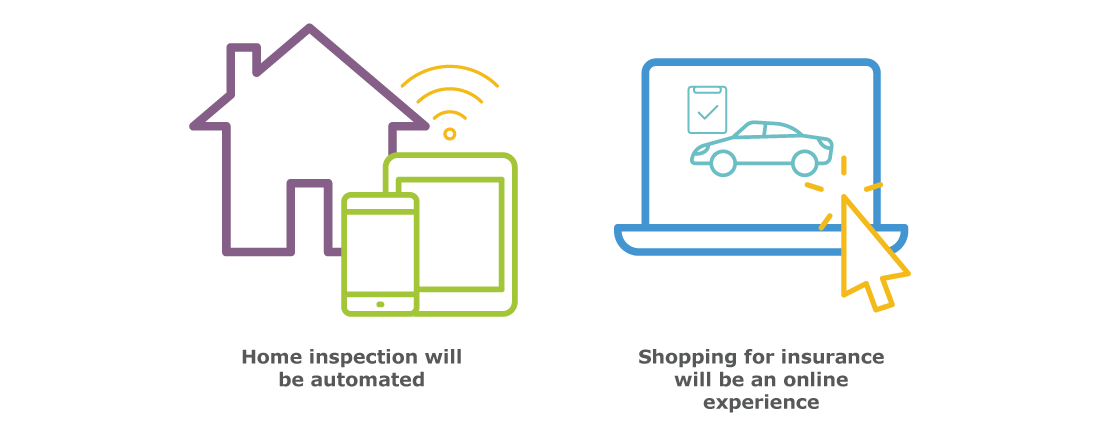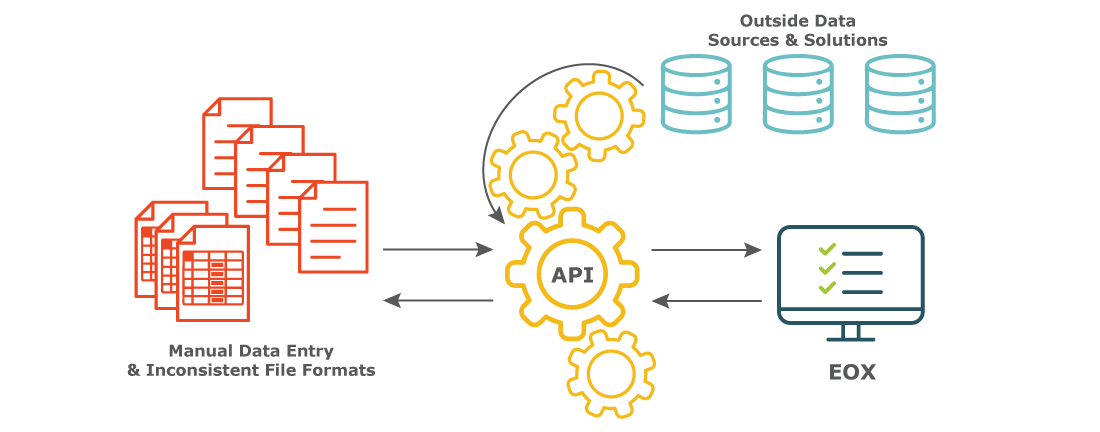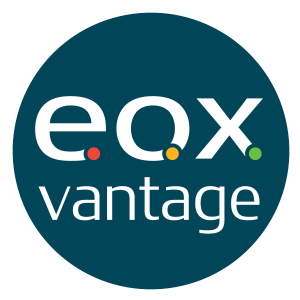Published in CHART Exchange | July 2020 issue
Author: Mike Fieseler
In just a few months, the COVID-19 pandemic has completely changed the world, basic human interactions and how companies do business. Being in risk management and mitigation guaranteed the insurance industry would not be an exception. The global crisis forced insurers to react quickly and comprehensively.

Experts are currently debating whether things will ever go back to the way they were. Will insureds want a return to the once prevalent person-to-person sales scenario over the now ubiquitous digital interface for their agent interactions? When can we expect to enjoy our old standard schedules and flight experiences for plane travel between the U.S. and U.K.?
Nobody knows for certain the answers to such questions. What we do know is that the pandemic has accelerated the already rapid rate of change that was happening in the insurance industry even before the virus arrived. Prior to the virus, digitization, automation and other technological strategies were on the rise for insurance businesses to stay competitive, leverage data and save time and money.
Now they have been embraced more and more as a natural solution to the more remote-oriented environment in which we have been living much of this year. The unprecedented business climate in 2020 sent MGAs, brokers and agencies scrambling to integrate services that can work within the new commonplace of enforced isolation and insulation from others.
In home insurance, for example, virtual inspections, appraisals, claims and the like are becoming increasingly virtual. They can be accomplished by the homeowner uploading video, drone fly-bys of roof damage or data gathering and transmission via IoT sensors.

The most fundamental of insurance transactions have been affected. Receiving a quote, getting in touch with an agent, purchasing a policy, requesting a document or COI, submitting a claim—all are transforming into more virtual, automated or online functions. Insurance workers and the many different office people they partner with are working from home, some of them with no discernible end in sight. Zoom meetings have become the norm. Insurers need a digital workplace platform to connect dispersed teams, with effective tools for team members to track and manage document changes, communicate and collaborate.
To deal with such expansive changes, insurers must implement tools and practices for performing remote work, managing the policy lifecycle, reducing labor costs, improving their speed to market and reallocating staff resources for optimal efficiency.
Two effective methods to address the mounting changes and pressures of our current situation are the automation of repetitive processes and outsourcing of back-office tasks. Either way, these options can help bridge the gap between the old ways and the new normal. They help enable insurers to quickly develop new programs, bring them to market rapidly and effectively, make operations efficient, enhance policyholder user experience and cater to new consumer shopping styles.
On the human side, outsourcing through a managed services team lets remote workers complete those everyday, routine, very necessary but repetitive and labor-intensive tasks that take up so much time. This shouldering of the back-office burden lets your own staff members focus on more profitable and customer-facing efforts.
Contracted workers can help organizations get through backlogs, which have been on the rise during the pandemic. They can cover call center functions and do the many fundamental, repetitive back-office tasks that support the overall business. This approach lets the contractor handle staff training and consistency. Team members can make the best use of their time by focusing on “following the money” of handling renewals, generating new programs and other top line enhancing efforts instead of dealing with back-office tasks.
Outsourcing back-office duties can help businesses save money and be able to better cover hours with a 24/7 approach to availability. Besides inbound and outbound calls, typical services include loss runs, follow-ups and file prep.
Another way to address back-office duties, and make them extraordinarily efficient, is through process automation. Automation is technology-based, replacing clunky manual tasks with efficient automated workflows. It provides a great way to manage complexity, leverage data, maintain compliance and ensure a single source to track changes, keep records and share files. Workflow automation also provides value by speeding up business processes and meeting consumer expectations for easy to use tools that offer more or less instant gratification.
This, in turn, improves data collection and access, increases visibility and control of data, and removes human errors that accrue during data entry. It can help leaders resolve the issues presented by inconsistent file formats and multiple unintegrated systems or departments. APIs make for speedy, simplified data retrieval and exchange between and across systems.

Sales-wise, the pandemic has caused a good deal of fluctuation. There have been spikes in cyber insurance to cover the surge in remote workers using their own connections, as well as unemployment insurance to mitigate the turbulence in labor markets. Meanwhile, some other kinds of policies took a huge dip. We will likely continue to see peaks and valleys in policy purchasing and program adoption. But the really telling movement to keep an eye on could be the changing of actual methods used by insurers in response to the pandemic.
These new practices may become the new industry standard over time. The best advice for insurers at this time might be to make some changes of their own through new technology. With virus-related sea changes still afoot, along with ever tighter margins, such a plan could represent one of the best strategies to survive and even start to thrive in these complicated times.
About the Author - Mike’s focus is on helping clients achieve operational efficiencies and cost savings. His career has spanned IBM, ARC, DataTrak, and for the past 10 years EOX Vantage. Last year he achieved the CPL - Certified Program Leader designation through Target University of the Target Markets Program Administrators Association (TMPAA).




